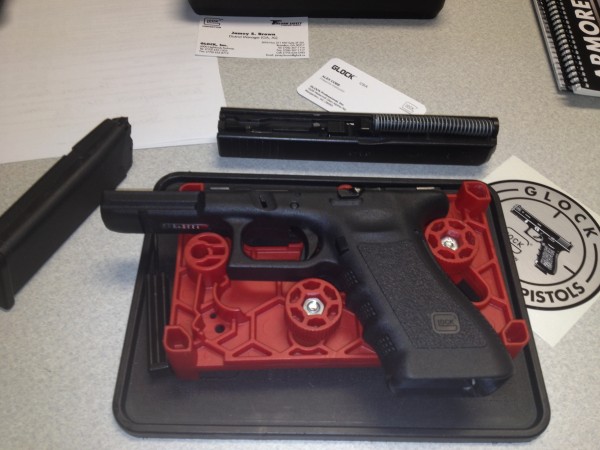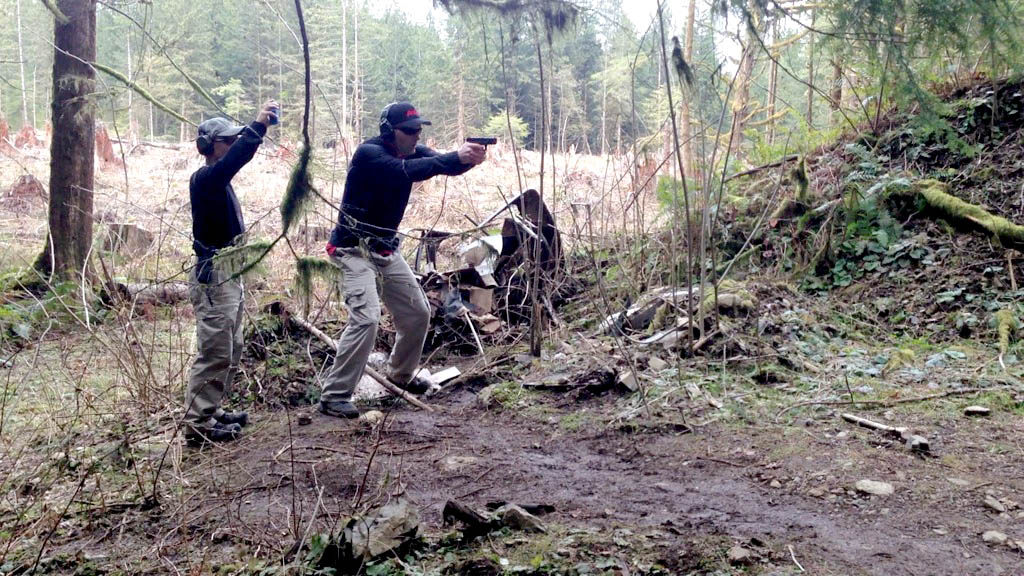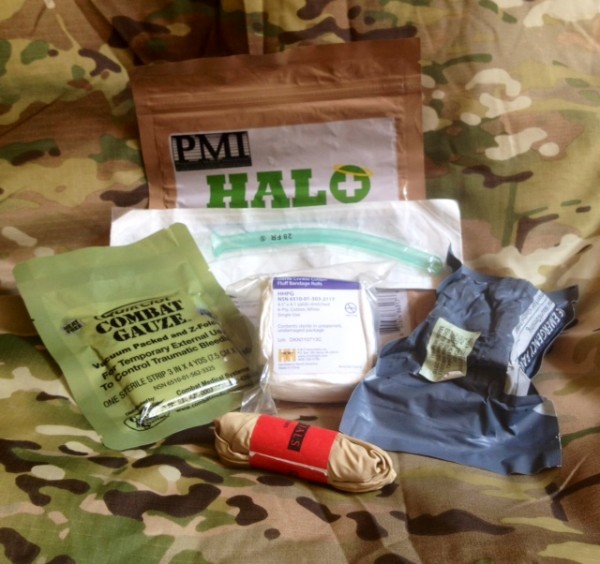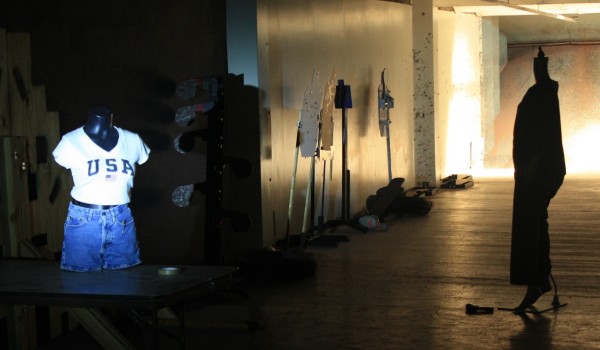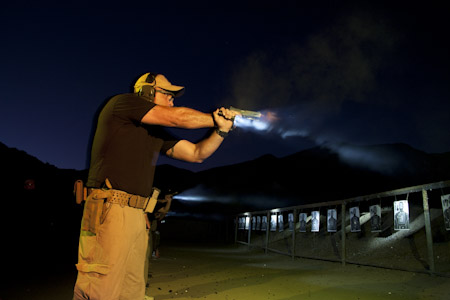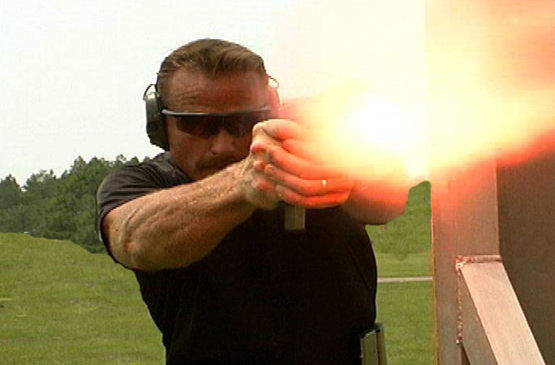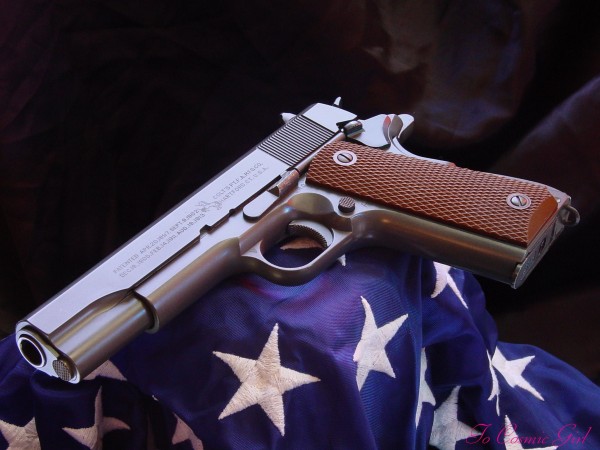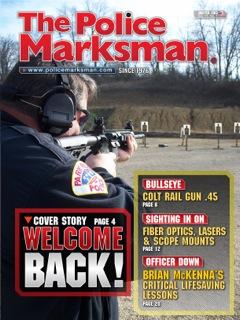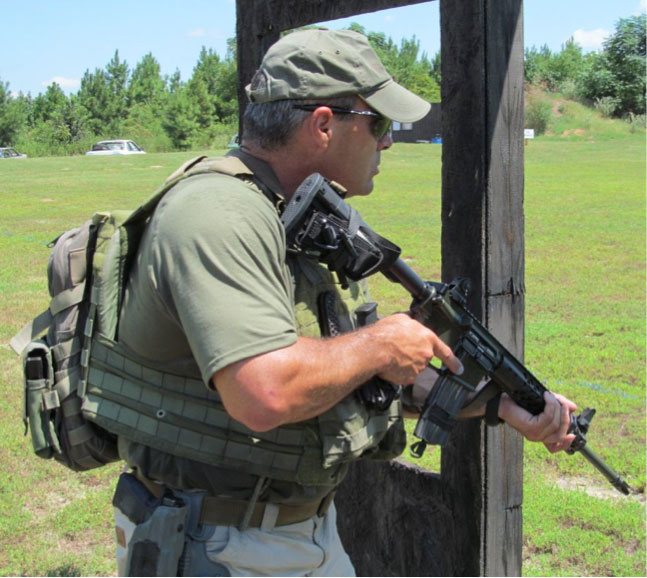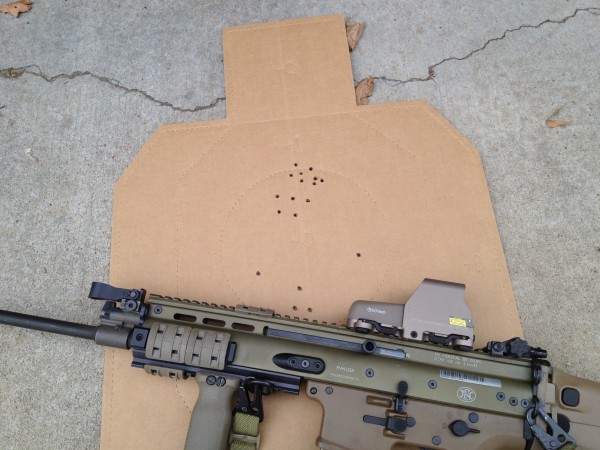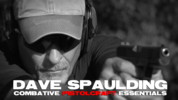Recently, I traveled down to Smyrna, Georgia this week to the home of all things Glock for their eight hour armorers course. I had originally taken the course in 1996. It was an eight hour course then, and best I remember it cost $75. It was eight hours of assembly and disassembly. The course wasn’t much. As simple as the guns are, I never re-certified.
Fast forward to last November. I told my boss I wanted to go down to the factory and take the Instructor Workshop class, and he green lit me for it. A very nice lady from Glock Training called me back and informed me that I had to be a current armorer to be eligible for the class. So, I said what the heck, and added a day onto my trip. I drove down with a head full of questions, ranging from recoil spring weights to extraction issue questions to a whole lot of questions about the 17T (Simunitions pistol). Continue reading



